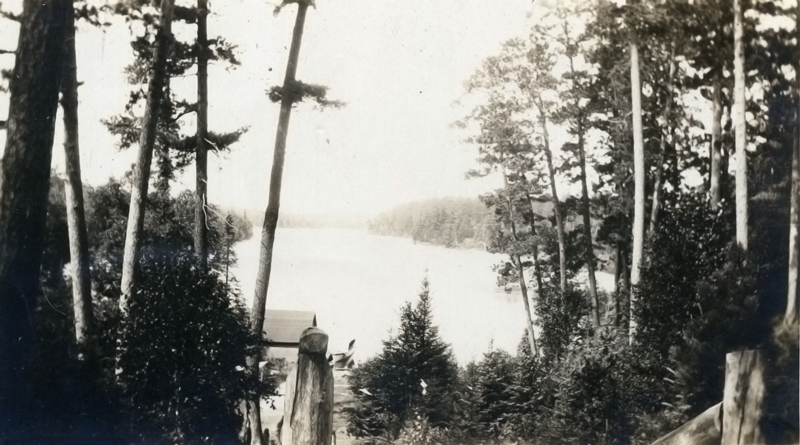The Encyclopedia of Oklahoma History and Culture
FOREST CONSERVATION.
Forest conservation began in Oklahoma shortly after the beginning of the twentieth century when concerned citizens realized that forests and timber supplies could be exhausted or degraded. Until then, logging had been a purely extractive process by migrating lumber entrepreneurs. Among early forest industrialists to see the need for conservation were the Dierks brothers, owners of the Choctaw Lumber Company, who founded sawmills at Bismark (later Wright City) and Broken Bow. Concerned that a scant, a ten-year supply of timber existed in the area, the brothers initiated forest management and planning. In 1914 Fred Dierks instituted a policy of leaving trees for natural reforestation in harvested areas. In addition, surveys of the local forests were made to estimate future timber yields resulting from the new policy. A great deal of forest land in southeast Oklahoma was converted to agriculture after the initial wave of logging. Some of these lands were abandoned during the Great Depression, were acquired by the federal government, and became part of the Ouachita National Forest. A few private individuals, including Leonard Herron and Lee Swarts, also began to acquire forest lands and develop what are now called sustainable forestry practices, emphasizing that reforestation and conservation are equally important as harvest.
In 1925 state government became involved in forestry with establishment of the Oklahoma Forest Commission, which evolved over the years into the Forestry Services Division of the Oklahoma Department of Agriculture. Forestry Services is charged with a number of forest conservation issues including fire protection, promoting "best management practices" to protect forested watersheds, and assisting private landowners in practicing good forestry through the Forest Stewardship Program. District and Service foresters are stationed throughout the state to provide local leadership and practical assistance to forest landowners. Forestry Services also operates a nursery, providing large numbers of low-cost tree seedlings for reforestation and conservation purposes. In 1946 the Department of Forestry at Oklahoma State University in Stillwater was established. The department offers both undergraduate and graduate education in forestry and conducts research and extension for improving forest management.
About one-third of Oklahoma's original twelve million acres of forest has been converted to other uses since statehood, leaving about eight million acres in 2000. Challenges faced in the future are forest fragmentation due to urban expansion, more landowners with smaller acreages, and forest health problems in timber stands that are stagnating because of poor management.
See Also
ENVIRONMENT AND CULTURAL ECOLOGY, FORESTRY, OUACHITA MOUNTAINS, SOIL AND WATER CONSERVATION
Learn More
Michael Howell and Tony Johnson, Oklahoma's Timber Industry: An Assessment of Timber Product Output and Use, 1996, USDA Forest Service Southern Research Station Resource Bulletin SRS-30 (Asheville, N.C.: USDA Forest Service, 1998).
Elbert L. Little, Forest Trees of Oklahoma (Rev. ed.; Oklahoma City: Oklahoma Department of Agriculture Forestry Services, 2000).
James S. Rosson, Jr., Forest Resources of East Oklahoma, 1993, USDA Forest Service Southern Research Station Resource Bulletin SRS-58 (Asheville, N.C.: USDA Forest Service, 2001).
Laurence C. Walker, The Southern Forest, A Chronicle (Austin: University of Texas Press, 1991).
Citation
The following (as per The Chicago Manual of Style, 17th edition) is the preferred citation for articles:
William G. Ross, “Forest Conservation,” The Encyclopedia of Oklahoma History and Culture, https://www.okhistory.org/publications/enc/entry?entry=FO022.
Published January 15, 2010
© Oklahoma Historical Society


